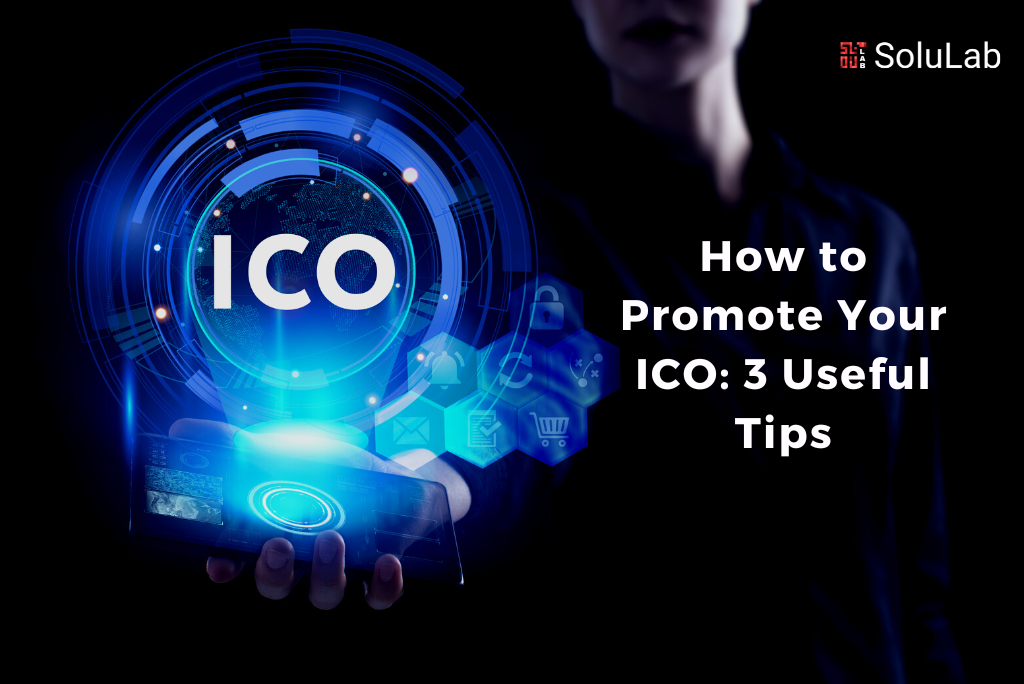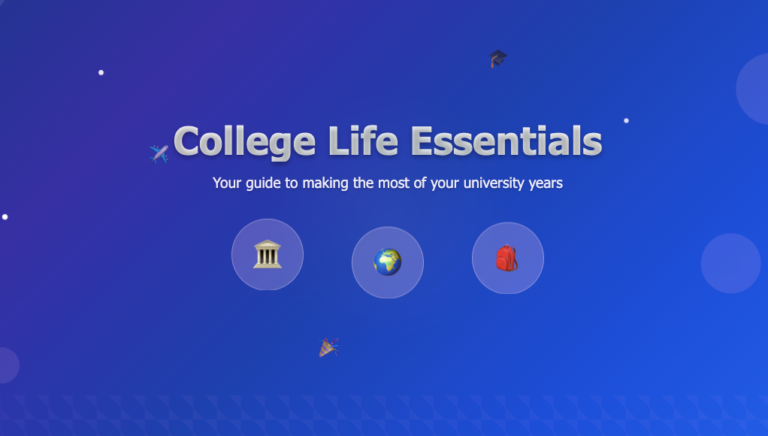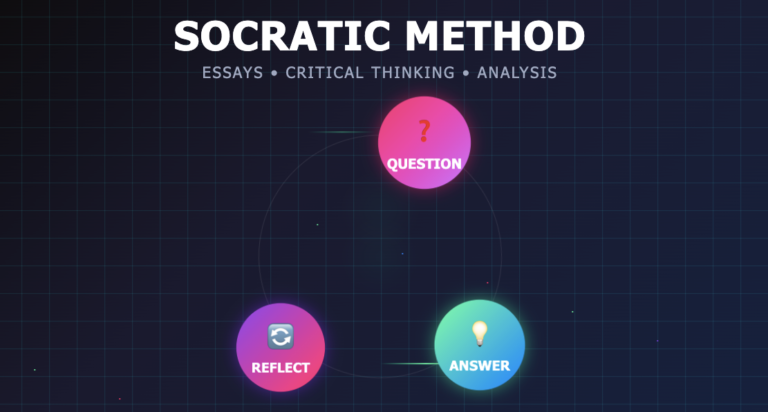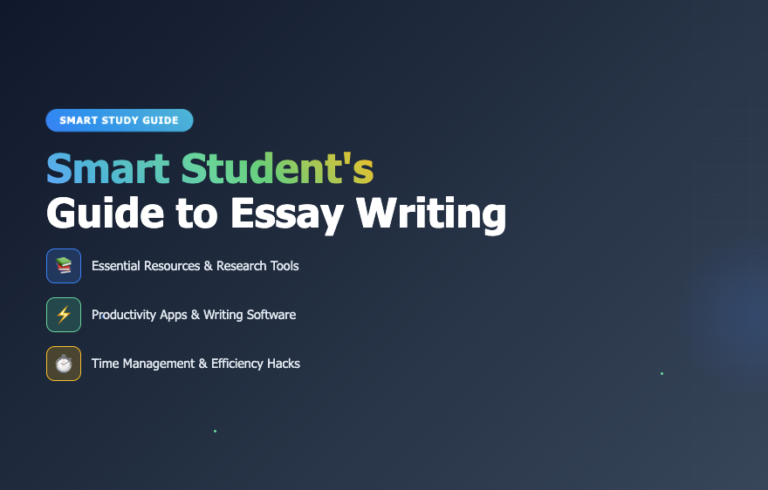 Initial Coin Offering, or ICO, is a tool for attracting investment that is increasingly popular with companies. The ICO market is actively developing; according to the June report of Coindesk, by the beginning of the summer of 2017 blockchain projects had attracted $327 million with the help of ICO, which was more than the amount invested by venture investors ($295 million over the same period).
Initial Coin Offering, or ICO, is a tool for attracting investment that is increasingly popular with companies. The ICO market is actively developing; according to the June report of Coindesk, by the beginning of the summer of 2017 blockchain projects had attracted $327 million with the help of ICO, which was more than the amount invested by venture investors ($295 million over the same period).
However, the authorities of many countries have not yet determined their attitude toward this element, and some major states have already begun to ban ICO. All of this means that those who are considering the implementation of ICO are better off not delaying the release of tokens. We’ll tell you how to draw attention to this process by means of content marketing.
Step One: Announcements in Popular ICO Calendars
The first step being taken by all ICO organizers is to place information about the upcoming release of tokens on special calendar sites. There are many resources where you may publish a schedule of planned ICO platform, and you can search for them. Also, if you use popular blockchain technology (such as Ethereum) for ICO, you should google the calendars that mark the projects that are run on it.
Here’s just a short list of these kinds of ICO calendars:
- Coinschedule.com
- CoinGecko.com
- Cyber Fund
- ICOCrowd.com
- ICOCountdown.com
- ICO-List.com
- Tokenmarket.net
- TokenSaleCalendar.com
If you have a look at other popular calendars, you’ll see that many projects place information about themselves wherever it’s possible. And this is the right approach because journalists and tech bloggers often create their own lists of “top N of the upcoming ICO for investors” on the basis of calendar data (here is an example of such an article).
Interest Check: Publications in Professional Communities
ICO calendars are great, but publications on these resources do not provide immediate feedback to the audience and don’t help to explain how interesting the project may be for people. Therefore, the logical second step in ICO promotion should be the publication of announcements and links in social networks and communities.
There is no need to engage in mindless spam, a much more effective approach is to publish in thematic communities.
Here are just a few:
- Specialized Forums: The most famous is Bitcointalk, where practically all the ICO projects are run.
- Thematic subreddits: /r/ethtrader/(~ 84 000 subscribers), /r/icocrypto (~ 9 500 subscribers), /r/bancor/(~ 2 600 readers), etc.
- Quora discussions: There are a lot of discussions here about different ICOs, specific cryptocurrencies, and blockchains, in which you can actively participate.
- LinkedIn professional groups: There are a lot of groups, for any taste, with thousands of players, and here are just a few: one, two, three, four, five.
- Facebook groups: Issues of ICO, cryptocurrencies and blockchains are also discussed on Facebook, (for eg. ICO, Funding, Angels, Seeds, Investors, and Startups).
In many of the listed groups and communities, there are rules that should be followed. But these resources cover hundreds of thousands of people, which opens the door for action (including guerrilla marketing).
The Finish Line: Native Advertising, General Topic Media, and Blogs
After the announcements have been published on the calendar sites, thematic forums, and social networks, it’s time to work with the online media. There are a few different options available. In the first place, you will need a blog to publish news, press releases, and details about your business. Typically, the Medium platform is selected for this purpose.
On one hand, sending press releases to the media is not a bad idea. On the other hand, the number of new blockchain startups and ICO is growing at such a rate that, in our experience, you shouldn’t expect to have a free publication on such resources (or it will happen so late that chances are that the ICO is finished by then).
Therefore, if you are working with media on the cryptocurrency topic, you should also draw up a budget for the promotion of the content. In popular foreign media, prices can go up to tens of thousands of dollars. For example, an editorial board of one of our customer’s projects required $15 000 for an article on ICO. This is one of the main drawbacks of native advertising.
Read also: How To Launch A Successful ICO – Necessary Steps And Important Tips
Given this fact, and the fact that blockchains use not only crypto startups but projects from more familiar business areas as well (e.g. digital advertising and food retail), in many cases the costs of promotion in online media in the cryptocurrency segment turn out to be meaningless. Instead, it is possible to write columns in relevant online media, including those on online business — especially as the latter is quite interested in the topic and may accept not only the article but also expert comments.
Conclusion: You Need to Try Everything
An analysis of the ways in which you can promote ICO — from publishing announcements in calendars and social networks to media and blogs — shows that popular ICO teams use all of them. This requires a great deal of effort, so you should plan the promotional campaign in advance: a minimum of 2–3 months is required to prepare announcements, images for social nets, columns, and commentaries for the media and blogs.
If you do not put it on a waiting list and you start the preparation on time, content marketing can be a good tool to promote ICO.
Blog Credits: Medium




